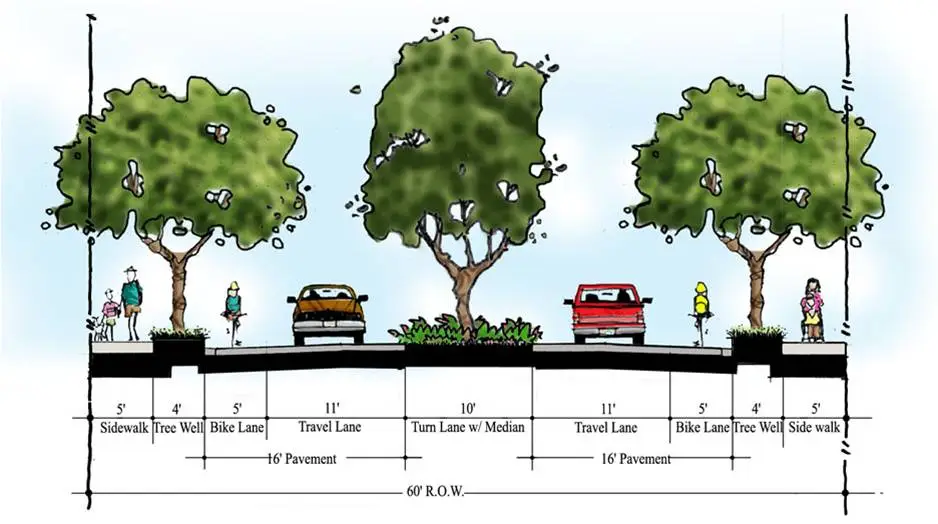The way we design our streets can have a profound impact on our communities. In recent years, a movement towards “complete streets” planning has gained momentum in the United States. This innovative approach to urban development seeks to create safer, more accessible, and more sustainable transportation networks that benefit everyone, regardless of age, ability, or mode of transportation. In this blog post, we will explore the benefits and statistics of complete streets planning in the United States.
- Improved Safety
Statistics show that complete streets are significantly safer for all road users. According to the National Complete Streets Coalition, streets designed with complete streets principles result in a 28% reduction in pedestrian fatalities. These statistics highlight the importance of designing streets that accommodate everyone, not just motorists.
- Increased Physical Activity
Complete streets promote physical activity and healthier lifestyles. A study published in the Journal of Transport & Health found that communities with well-designed complete streets infrastructure have higher rates of walking and biking. This increase in physical activity can lead to reduced rates of obesity and related health problems.
- Economic Benefits
The economic advantages of complete streets are also substantial. A report by Smart Growth America found that complete streets projects often lead to increased property values, attracting more businesses and residents. This not only benefits local economies but also generates tax revenue for municipalities.
- Environmental Sustainability
Complete streets planning supports environmental sustainability. The U.S. Environmental Protection Agency (EPA) notes that these designs often incorporate features such as green infrastructure, which helps manage stormwater and reduce pollution. Additionally, encouraging walking and cycling can decrease greenhouse gas emissions associated with motorized transportation.
- Enhanced Accessibility
One of the fundamental principles of complete streets planning is ensuring accessibility for all, including people with disabilities. According to the U.S. Census Bureau, there are over 40 million people with disabilities in the United States. Complete streets ensure that sidewalks, crosswalks, and public transportation are accessible to everyone, improving the quality of life for individuals with disabilities.
- Reduced Congestion
Complete streets can alleviate traffic congestion by providing various transportation options. The American Public Transportation Association (APTA) reports that communities with well-integrated public transportation and active transportation infrastructure experience less congestion, leading to time and fuel savings for motorists.
- Enhanced Quality of Life
When streets are designed to be safer, more attractive, and accessible, the overall quality of life in communities improves. A study published in the journal Health & Place found that complete streets create environments that encourage social interaction, boost mental well-being, and reduce stress.
- Increased Public Support
Public opinion is crucial in the success of complete streets planning. A survey conducted by the National Association of Realtors found that 67% of respondents prefer walkable neighborhoods with easy access to public transportation. Support from the community is essential in driving these projects forward.



